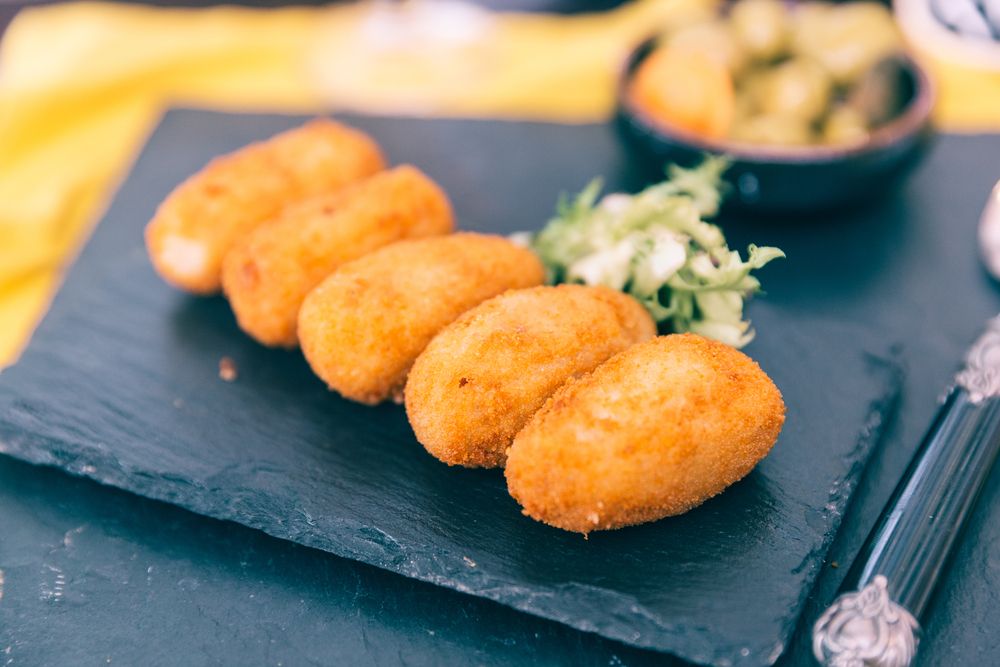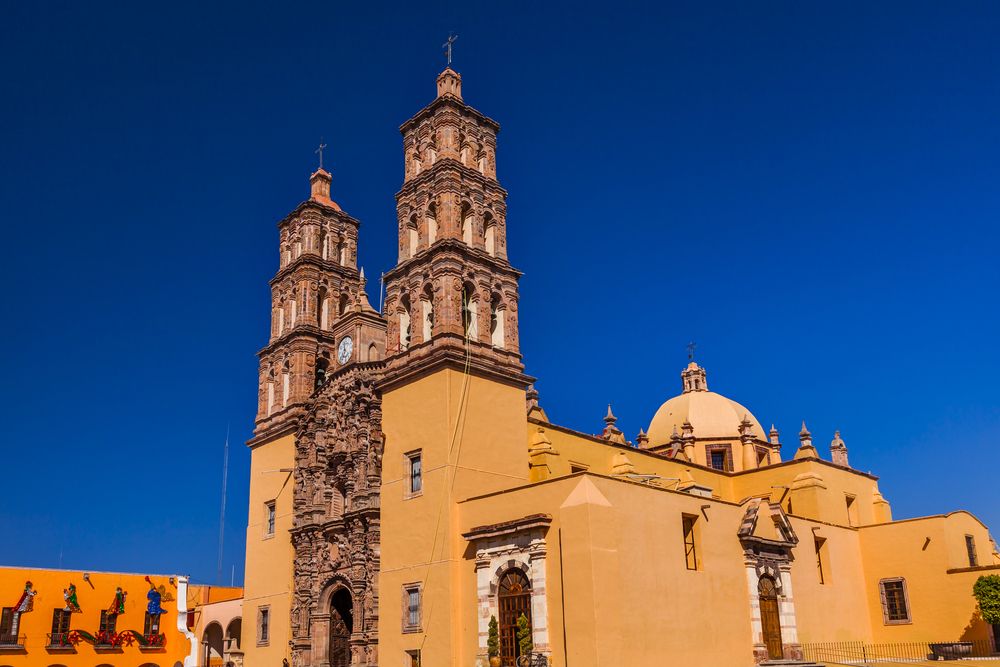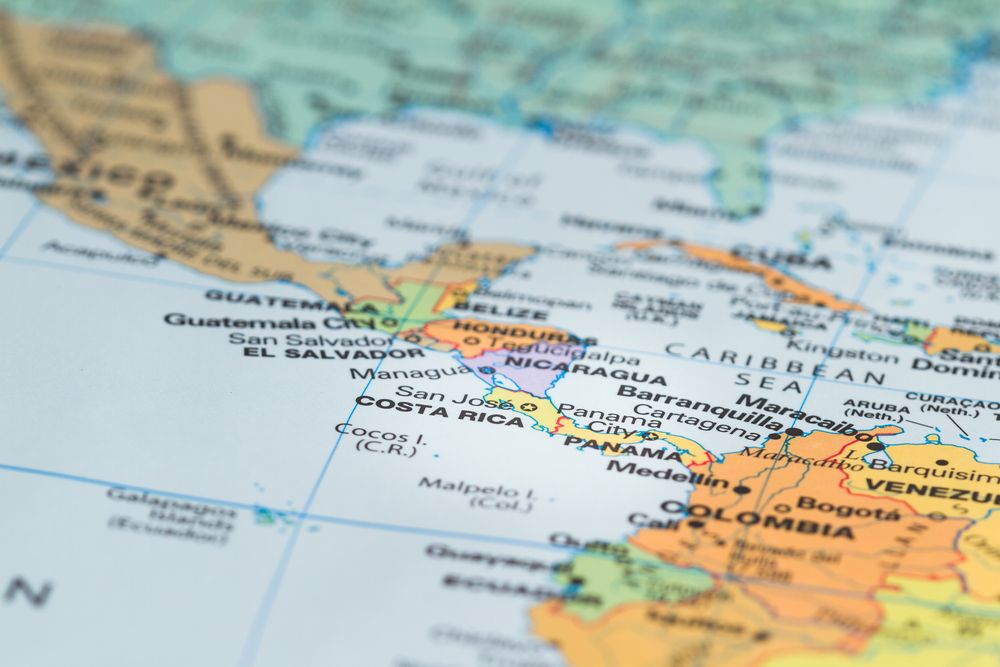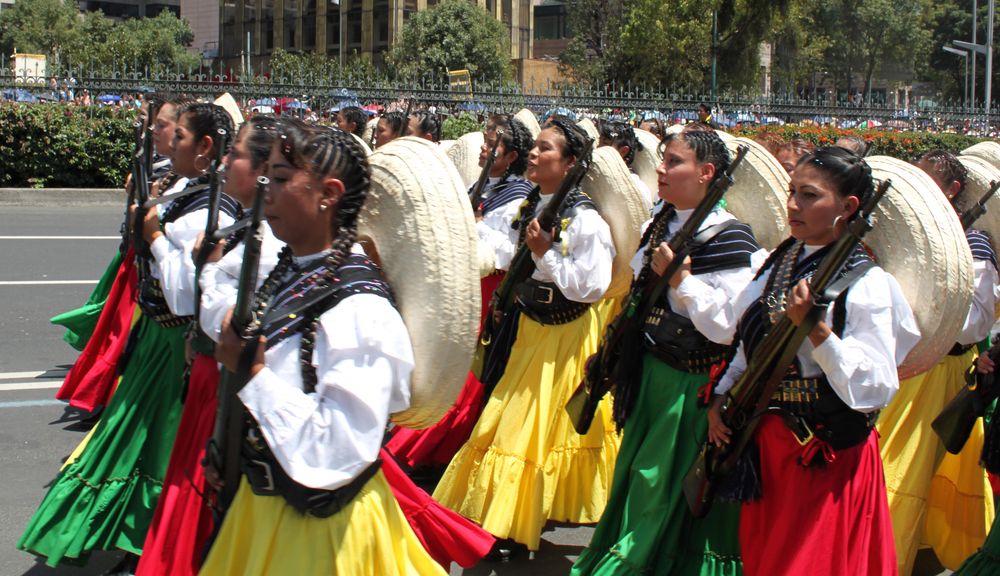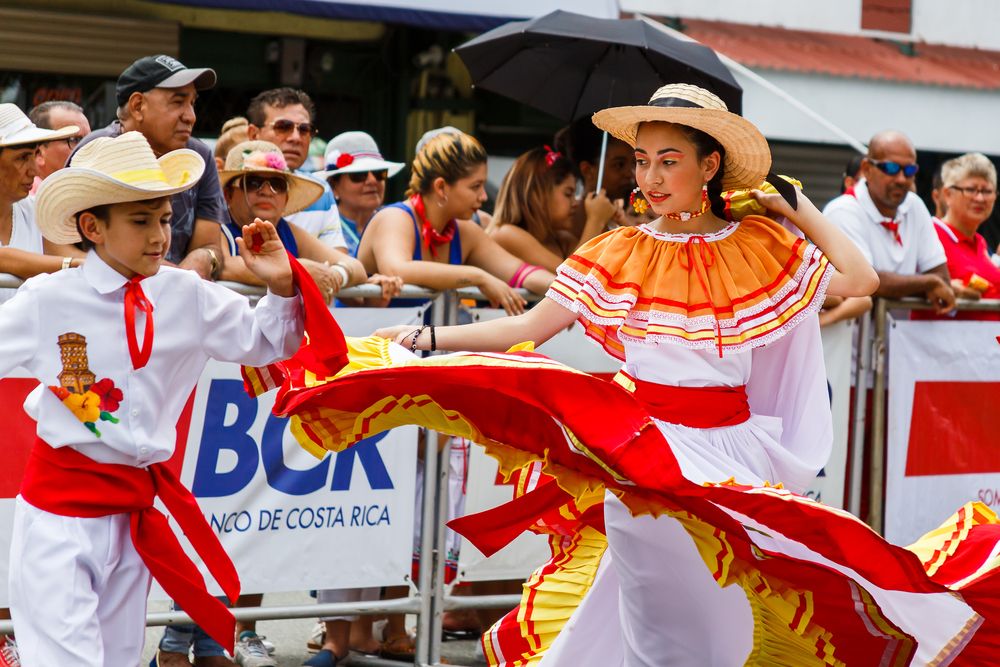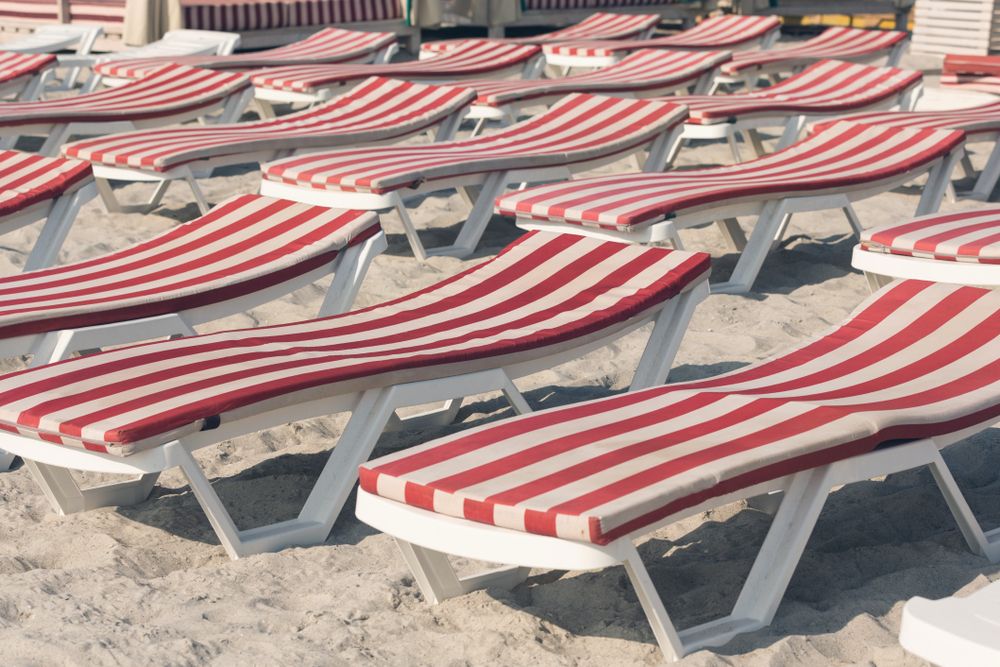Everybody is well aware that each household has its own customs.
When we visit a friend or family member in their home, things usually aren’t exactly as we’d like them; there tend to be things we’d do differently. This is also true on a bigger scale: even when cities are close together, they often have different customs or traditions because of each city’s history and the events that have happened there.
If customs change from home to home and city to city, imagine the differences between countries!
Read this article in Spanish
There’s an expression in Spanish that says, “Allá donde fueras, haz lo que vieras” (Wherever you go, do what you see). In English we have a similar saying: “When in Rome, do as the Romans do.” In both cases, the idea is that when you travel somewhere, you should follow the customs of the people who live there.
With this in mind, today we’re going to talk about some of the most widespread customs in Spain. They may seem a bit strange to you when you arrive, but don’t worry — they’re easy to get used to.
1. We’re used to sunny weather
If there’s one thing visitors notice when they come to Spain, it’s all the hours of sunshine we have each day. We’re so used to it that we find it very strange if it rains for more than two or three days in a row and we don’t get to see the sun, or if we have a whole week of cloudy skies in winter.
Enjoy the sunshine, but don’t forget your sunscreen!
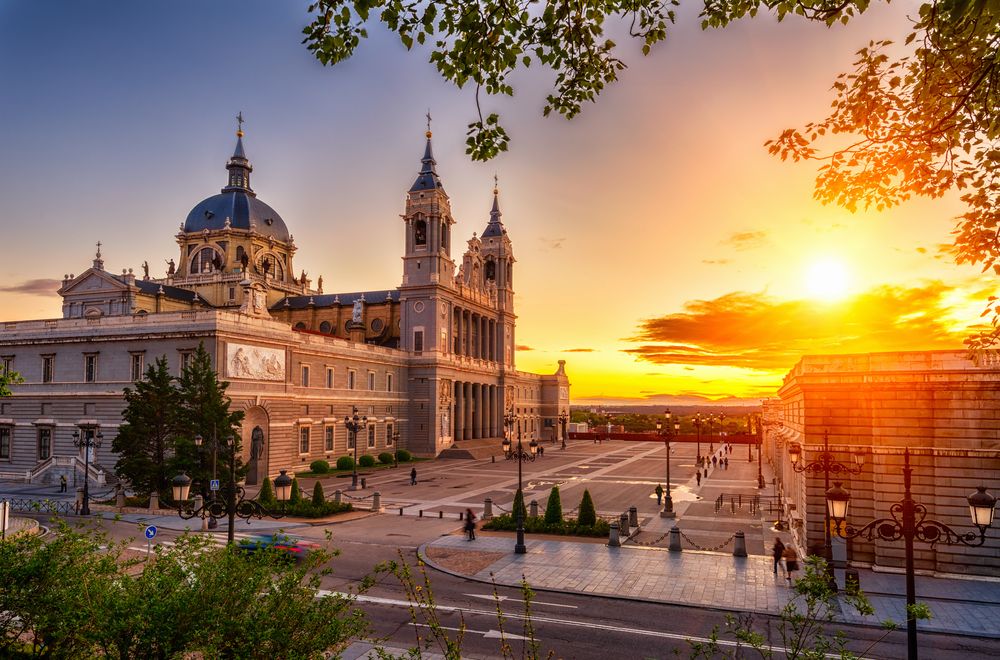
2. We put blinds on every window
Thanks to all that sun, almost every Spanish home has persianas or Persian blinds.
A Persian blind is a set of horizontal slates linked together by a cord. This cord is placed inside the room and can be used to raise or lower the window blinds to our liking. This way we can control how much sunlight comes in. We’ll often lower the blinds before we go to bed so we don’t get woken up by the bright light when the sun comes up, or in the summertime to keep the heat out, especially around midday.
3. For hellos and goodbyes, a kiss on each cheek
In Spain, men usually greet other men with a handshake and women with two kisses, one on each cheek. Women, on the other hand, greet both men and other women with two kisses (except in very formal settings, in which they may greet someone with a handshake).
Between close friends and families, it’s also common for men to say hello and goodbye with cheek kissing. It’s such a deeply rooted custom that nobody thinks twice about kissing someone on both cheeks.
4. We get up early and stay up late
Yes, we know. In Spain we do most things later than usual. Our lunchtime is between 2 and 3 p.m., but it’s not at all uncommon for lunch to last until 4 p.m. We generally meet for dinner around 9 p.m., but the meal often doesn’t start until even later.

So, when you get to Spain, stop looking at your watch and worrying about the time. Remember, when you follow our schedule, you’ll be able to enjoy every last hour of sunshine!
5. The (famous) siesta
Since meals in Spain are usually abundant and long-lasting, sometimes it’s almost necessary to take a break so you can digest your food and rest for a little while. Even so, we’ve got to tell you something. Siestas (naps) aren’t as common as people outside of Spain might think.
With how busy life is these days, what with long work days and lots of daily activities, it’s very hard to find time to take a nap. On weekends, however, it’s a bit easier for everyone.
6. No, we’re not shouting
Spaniards often notice that when we travel to other countries, we recognize our compatriots by their slightly louder tone of voice. In Spain we’re used to it, but tourists and new arrivals are sometimes bothered by what they consider to be loud conversations.
Even if it seems like we’re speaking loudly or even shouting, it’s not because we’re angry or because people can’t hear us. Furthermore, when we use public transportation, even though we often speak with the person or group of people we’re traveling with, we do try to keep the volume down.
7. We don’t take our shoes off at the door
For Spaniards, it’s not a sign of disrespect to keep our shoes on when we enter someone’s home, whether they’re visiting us or we’re visiting them. The most we’ll do is wipe the bottom of our shoes on the welcome mat in front of the door before we go in.

However, when we arrive at our own home, we take off our shoes and change into slippers. We might even change into more comfortable clothes. But there’s no general rule about taking your shoes off in other people’s homes.
8. Punctuality… Spanish style
Although we don’t usually admit it, Spaniards know that we arrive late to most places. If there’s an important work meeting or a formal event, we make sure to be punctual… but there’s always someone who gets distracted and doesn’t make it on time. And if you’re casually meeting up with friends or family, you can be sure you’ll have to wait for at least one person.
Here’s a piece of advice. If someone tells you they’ll be there in 5 minutes, it’ll probably be more like 15 or 20.
9. Bread with every meal
A Spanish meal without bread is like a paella without rice — unthinkable!

Bread is good for pushing your food onto your fork or spoon; it’s great for picking up food and delivering it straight to your mouth; you can use it to clean your plate, to make breakfast, snacks, dinners, or whatever you want! You can eat it at home or take it on the go, eat it with meat, fish, or salad… Spaniards sometimes get offended when a restaurant charges extra for bread. It’s so ingrained in our culture that we assume it’s included in the price.
Now you know some of Spain’s most notable customs. It’s just a little heads-up so you’ll be more prepared and know what to expect when you come to Spain to learn Spanish.
Enjoy our customs!




